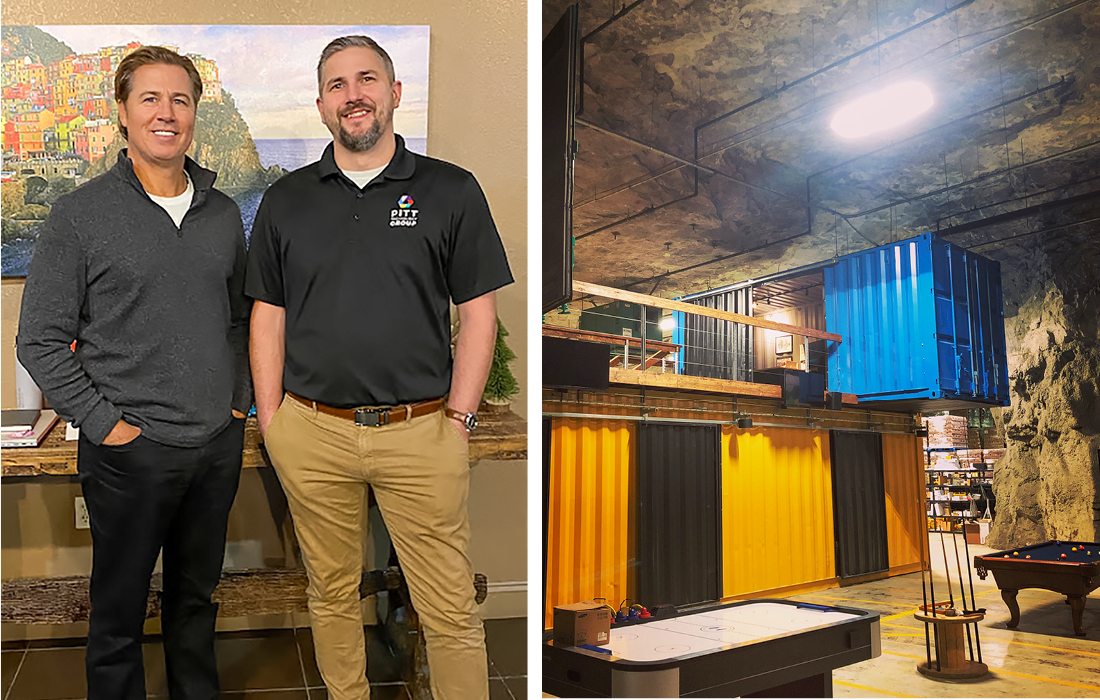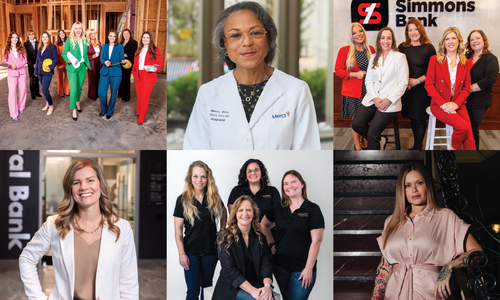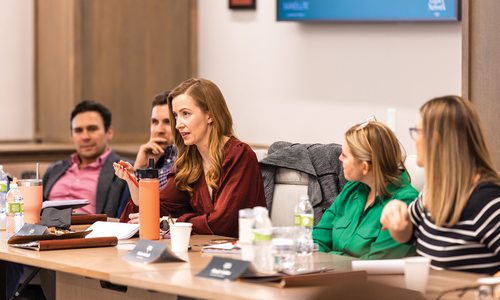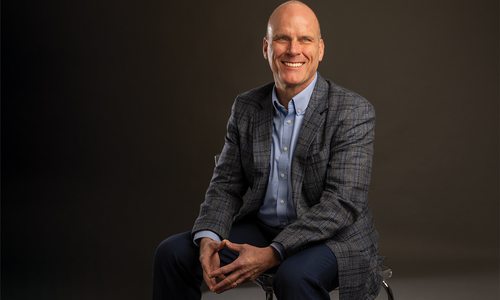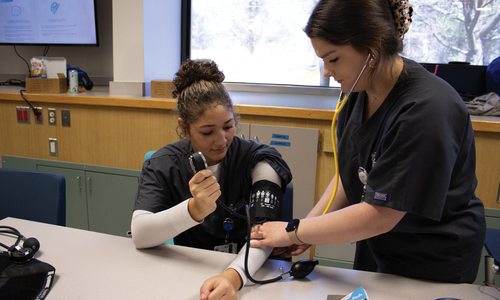“Some things choose you,” Doug Pitt says. “It really wasn’t my choice. I remember the exact second, sitting at a stoplight, when I just knew.”
It was 2007. Earlier, while attending a meeting of the Springfield Area Chamber of Commerce Board of Directors, he’d heard outgoing board member Morey Mechlin describe the challenges faced by kids living in poverty. She’d shared details that grabbed a hold of Pitt and wouldn’t turn him loose. He kept thinking about the three siblings who used a single toothbrush and the boy who wore his mom’s jeans because he didn’t have pants of his own. In the same week, Dr. Norman Ridder, then-superintendent of Springfield Public Schools (SPS), proposed starting a fund that could help students with targeted needs like the ones that were haunting Pitt.
“Dr. Ridder said he needed $50,000,” Pitt says. “SPS funds are allocated [to specific costs], and if a kid needed something, they couldn’t pull out a dollar and help them. Some of the fixes are significant but easy; they just don’t have the budget to make them happen.”
So there it was: a painful problem and a possible solution—all in one week. “I knew I was going to do it,” Pitt says. “There wasn’t a big business plan I’d written out and thought about for weeks. It was on my heart, and some things came together, which I’ll call divine intervention. Sitting at a stoplight, that was my moment, and here we are.”
Fifteen years later, Care to Learn, the nonprofit Pitt founded to address those “significant but easy” fixes, is going strong. Last year, Care to Learn crossed a big milestone—meeting its two millionth need—and set organization records for both fundraising and dollars spent on the children it serves. From its roots as a resource for kids in Springfield, it’s organically grown to include 41 chapters across Missouri.
The model of service is simple but insightful. It’s based on the understanding that kids spend a lot of time in schools, which means that bus drivers notice when one of them lacks warm clothing. Lunchroom staff learn to spot a kid who’s hoarding food so she’ll have something to eat when she goes home, and if a child’s getting bullied because he doesn’t have access to proper hygiene products, teachers see it happening. As Pitt says, “Many of them are beautiful people who are going to their own purse. They’re pulling out 20 bucks and taking care of these needs behind the scenes. They’re getting a kid fed or getting shoes because they’re going home with these things on their heart.” Care to Learn offers a similar kind of immediate, compassionate help, but it’s more sustainable.
“Rather than one person looking out for that child’s best interest, there’s a village,” says Krystal Simon, who joined Care to Learn in 2021 as its CEO. School employees know that they have a steady partner in their concern for kids, and in contrast to many critical services that help alleviate poverty, the resources Care to Learn provides are “quick, easy, and there’s very little red tape,” Simon says.












